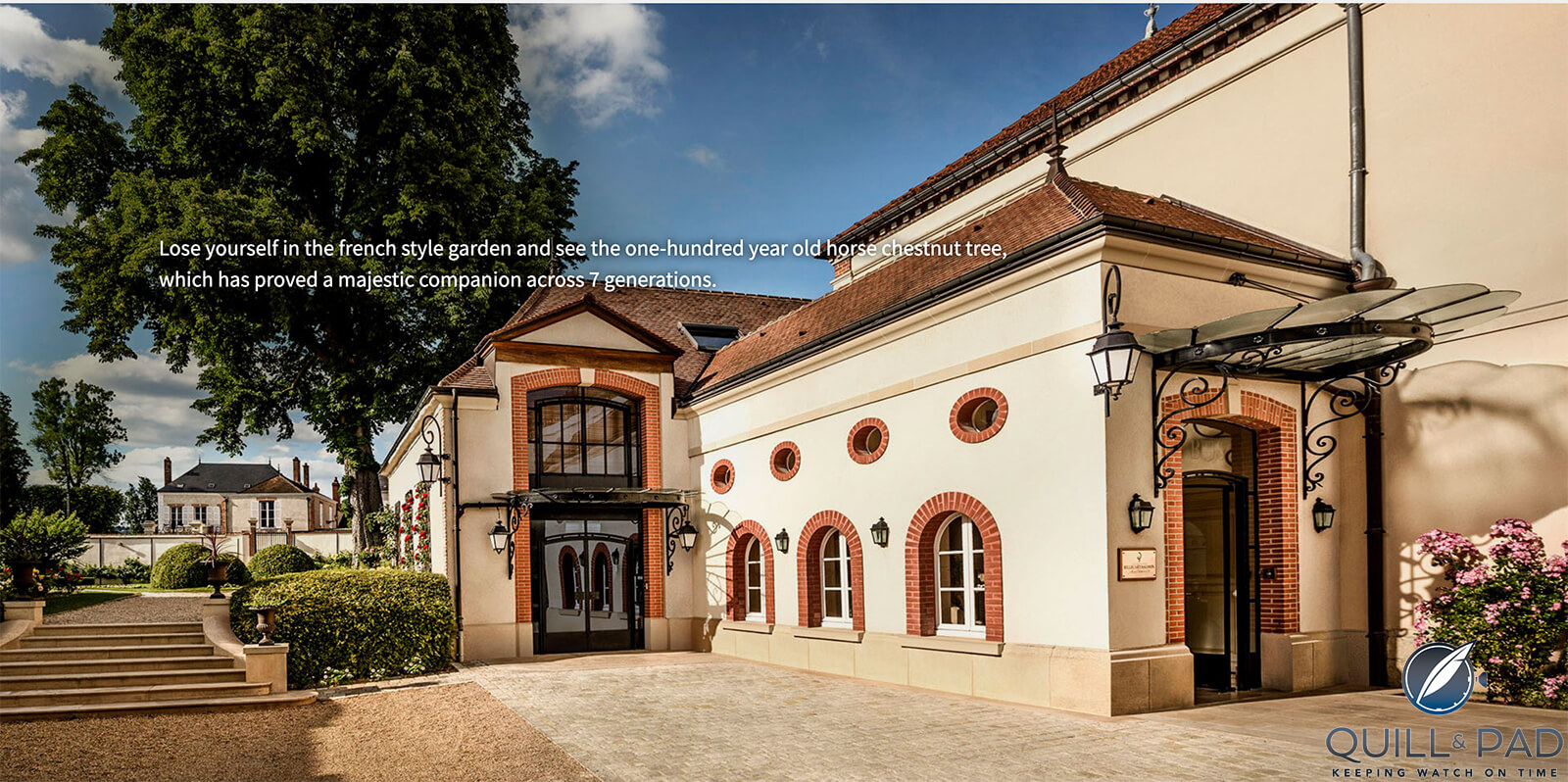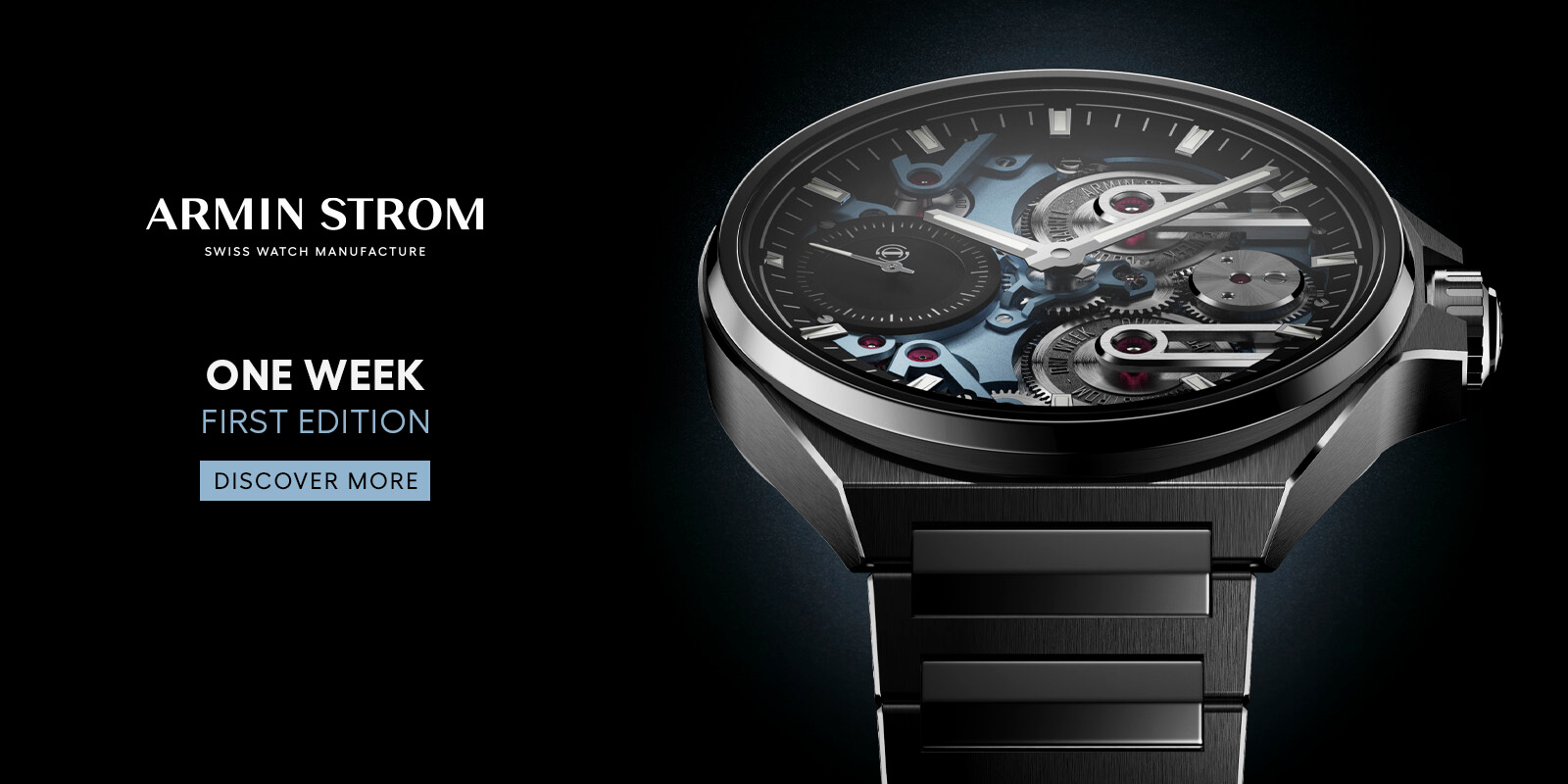Billecart-Salmon Nicolas François 2008: Absolutely Sensational Champagne!
by Ken Gargett
When it comes to the wonderful Champagne House of Billecart-Salmon, I have three regrets.
I was not able to attend their 200th Anniversary celebrations in 2018 due to unbreakable prior commitments.
A second was that I was not on the tasting panel in 1999, which decreed that the 1959 Billecart-Salmon Nicolas François was the greatest champagne of the twentieth century (and for good measure, decided that the 1961 of the same wine was second best), although I suspect that every lover of champagne the world over shares those first two.
Finally, that when a curious little one-off release in the early 90s by this house, called ‘Cuvee Colombus 92’, hit the shelves I didn’t buy every single bottle in existence, rather than just a meager one or two. But these are hardly problems of the magnitude facing many around the globe today.

The Billecart-Salmon family house
The House of Billecart-Salmon was established in 1818 at Mareuil-sur-Ay, although the family has been in the village since the sixteenth century. It was Nicolas François who established the family’s interest in champagne, but it nearly faltered before it was far out of the gate. It was also in 1818 that Nicolas François Billecart married Elisabeth Salmon.
Things began well but, according to Tom Stevenson in his wonderful ‘Champagne’, “an inept American agent lost Billecart-Salmon a staggering 100,000 golden francs in 1830”, which nearly put an end to everything. The firm managed to stay afloat, and even economic disasters, phylloxera and WWI could not finish them. Vineyards were sold to enable them to stay alive, and eventually prosperity followed. As did some of the great champagnes from the region.
————————————————————————————————————–
—————————————————————————————————–
Billecart-Salmon was known for many years as a house that only sourced grapes from growers, but they now cultivate an estate of 100 hectares (or just twenty depending on your source), while still dealing with growers from 300 hectares across 40 crus. Production has increased in recent years from half a million bottles to 1.8 million (or 2.4 million, again depending on the source), still a small quantity in the scheme of things.

Billecart-Salmon champagne
The DNA of the House is elegance personified.

Billecart-Salmon vineyards
The House is currently managed by Mathieu Roland-Billecart, from the seventh generation. The chef de cave in recent years has been François Domi, who retired in 2016 after three decades with the House. He was replaced by his deputy, Florent Nys. The vineyards are supervised by Denis Blée. The tasting committee consists of four family members together with four former and current winemakers.
Billecart-Salmon is well known for its work in cold stabilization, which began in 1858 (although sources do provide a range of dates). They lower the temperature to 5°C, add yeast, and leave it for three weeks before a slow ferment at around 12°C and then malolactic fermentation, if it takes place, at 18°C. The aim is partly to ensure there is no hint of oxidation.

Billecart-Salmon oak barrels
Experiments with oak have been conducted, and they have expanded the range of prestige cuvees, as well as vintages and roses – their Rose is always one of the most popular on the market. Along with the Nicolas François, there is the Cuvee Elizabeth and the Le Clos Saint-Hilaire. There is also the Cuvee Louis Blanc de Blancs. They also offer a Vinotheque section across the range.

Horse working Billecart-Salmon vineyard
Billecart-Salmon has long been recognized as one of the most innovative of all the Champagne Houses. They have been looking into permitted varieties outside the famous trio of Chardonnay, Pinot Noir, and Meunier. They have also placed beehives throughout the vineyards to aid in pollination and to ensure a sustainable ecosystem. This practice was begun in the Clos St Hillaire vineyard. The hives are old barrels, which are no longer in use.
—————————————————————————————————–
—————————————————————————————————–

Billecart-Salmon Le Clos Saint-Hilaire
Le Clos Saint-Hilaire is a Blanc de Noirs (100% Pinot Noir vinified in oak casks and then spends 14 years on lees. It comes from one hectare of vines that were planted in what was the family mansion’s park at Mareuil-sur-Ay. Low dosage. It has been made since 1995, but in tiny quantities, usually around 3,000 bottles.

Billecart-Salmon Le Clos Saint-Hilaire
At this Clos, the Billecart team embraces biodynamics, something that they are looking to extend across all vineyards. For many, Le Clos Saint-Hilaire is the greatest Blanc de Noirs made in the region, although Krug and Bollinger may wish to challenge that.
Cuvee Elizabeth is a superb Rose, first created in 1988. It is a blend of 50% Pinot Noir from Montagne de Reims and the Grande Vallée de la Marne, and 50% Chardonnay from Côte de Blancs.
Cuvee Nicolas François was first created with the 1955 vintage, although until 1964, it was not named as such (so it is the 1964 that is considered the first release). A 60/40 blend of Pinot Noir from Montagne de Reims and Vallee de la Marne (Ay, Verzenay, and Mareuil-sur-Ay) and Chardonnay from the Côte de Blancs (Mesnil, Chouilly, and Cramant), the usual production sits around 50,000 to 60,000 bottles, not a lot for a thirsty world.

Billecart-Salmon Cuvee Nicolas François
There is usually a partial malolactic fermentation, and the wine will see at least a decade on lees.
The 2008 hails from 83% Grand Crus and 17% Premier Crus. Dosage is just 2.9 grams/litre. 17% was vinified in oak barrels. This vintage enjoyed more than twelve years on lees. Interesting to note that the dosage for this wine is now considerably less than half the dosage employed in wines like 1975 and 1986. As is the Billecart way, each parcel is vinified discretely.
Must is settled and clarified, not once but twice, and then chilled to 5°C. Gross lees are removed and the wine is allowed to warm slightly, to begin fermentation. Back in the era of the ‘59 and ‘61, the wine underwent barrel fermentation. This was stopped but re-introduced in the 1990s (1998).
Cuvee Nicolas François is released in only top vintages, though conditions have allowed that to happen far more often than in the past. After the famous trio of 1988, 1989, and 1990, we saw 1991, a year released by very few houses.
Since 1995, the House has released this wine in every vintage, except 2001 and 2003, 2004 and 2005, up to this latest, 2008.
The House experimented with blocking malolactic fermentation in 1990 and took it further in 1998. That was also the first vintage to see the inclusion of a small percentage of barrel fermentation (5%), the House having made the move to stainless steel in the 1960s. It was with the 1998 vintage that time on lees began to be extended and dosage reduced.
Readers will not be under any illusions as to how highly I regard the 2008 vintage in Champagne. For me, 1988 and 2008 are the greatest vintages of the last forty years. One suspects that this is the very last release of a 2008 champagne, aside from those that are late-disgorged. Don’t miss it.
—————————————————————————————————–
—————————————————————————————————–
Cuvee Nicolas François is a great champagne, whatever the vintage, but from 2008, it is transcendent. This wine was initially released before the middle of 2023, but it seems that different parts of the world saw different timings. You may be lucky. Pricing varies as well, of course, but for us, A$400 to A$450 seems to be indicative.
The champagne is of a gleaming appearance, like cut crystal. One sniff and it is obvious we are dealing with something that is wonderfully complex, elegant, still fresh and impeccably balanced. Incredible length, a champagne with at least a decade ahead of it, more likely considerably more.
There are notes of stonefruits, freshly baked peach pie, citrus, florals, raspberries, nectarines, figs, chalk, minerals, warm croissants fresh from the oven, and a hint of honey on the finish. There is a creamy texture, linear acidity, and a hint of sea breezes.
The intensity never wavers. For me, easily worth 98.

Champagne Billecart-Salmon
If anyone had any doubts at all about the quality of Billecart-Salmon and its potential longevity, the tasting organized by Richard Juhlin in Sweden in 1999, must surely have put paid to that. Out of 150 great champagnes from the twentieth century, tasted blind of course, it was the 1959 Billecart (Nicolas François) that emerged as the pick of the judges, winning ‘Champagne of the Millennium’.
If that was not enough, second place went to the 1961 version of this wine. The competition included great vintages of Dom Perignon and Krug and many more. Such an achievement is truly extraordinary.
English writer, Stephen Brook, has described how François Roland-Billecart was not keen to enter such a competition, however, his brother, Antoine, had no such qualms and without François’s knowledge, submitted the wines. One suspects that the family is not sorry he did.
I mentioned the ‘Cuvee Colombus 92’. For me, a spur of the moment purchase of a bottle or two way back in the early 90s when I was first getting interested in this stuff. If only I had known…
It was never the 1992 vintage (the 92 relates to Colombus’s arrival in 1492). Rather, a non-vintage blend from 1982, 1985 and 1988 – three of my all time fave years. A blend of 63% Pinot Noir and 37% Chardonnay. It is a stunning champagne, and now going for about A$2,000 a bottle.
No idea what I paid, but I doubt it would have been more than about A$50. Oh, for a truckload of the stuff. Although to be honest, I’d happily take a truckload of any Billecart-Salmon champagne. A truly great producer.
For more information, please visit www.champagne-billecart.fr/en/
You might also enjoy:
Champagne Devaux: Seriously Good Wines
It’s ‘Champagne Day’ with Krug: Pop the Cork and Cheers!
The Joy of Champagne II: an Incredible Tasting Session of Simply Superlative Champagnes








Leave a Reply
Want to join the discussion?Feel free to contribute!